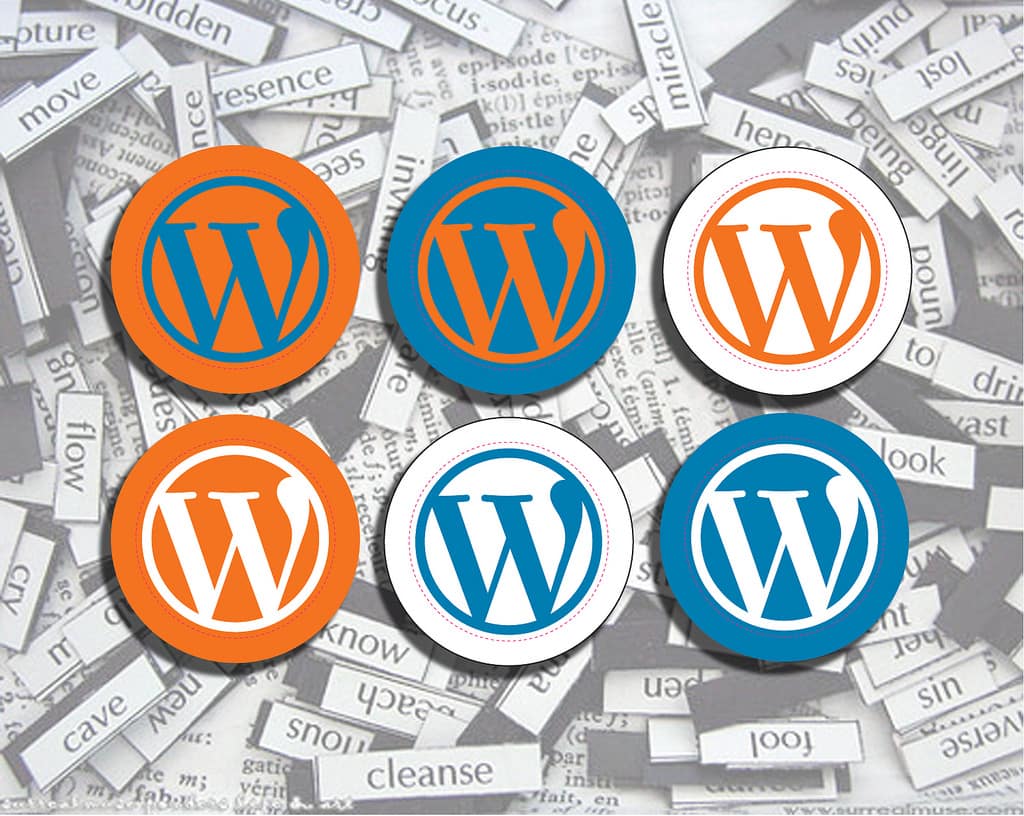WordPress is the world’s most-used content management software for small and medium sized websites, powering more than 1 in every 4 websites total. Because it is such a heavily used software platform, when a vulnerability is discovered, it means that more site owners are put at risk. As a result, many people believe that WordPress is an insecure platform, but this is just not true.
It may be true that WordPress is subject to more attacks simply because it is used far more than any other platform, but this doesn’t mean that WordPress is less secure. On the contrary, the WordPress development team collectively works day in and day out to find and patch any possible security vulnerabilities. No other website platform comes close to matching the enormous numbers behind WordPress, which means that almost as soon as a potential threat or vulnerability is identified, members of the development community create and disseminate a fix or a patch almost immediately.
The 2 Most Common Hacking Vulnerabilities
The overwhelming majority (almost 80%) of all WordPress hacking incidents are caused by only two things: (1) old or outdated software, and (2) weak username/password combos. It really comes down to poor maintenance or user error, not an inherent flaw in the software itself.
The Solution
Fortunately, WordPress makes it easy for users to address these issues with its built-in alerts, that let you know the moment an update or patch is available, and gives you the convenience of simply clicking a button within your dashboard to update.
We also strongly recommend using the plugin Wordfence, which has a free and a Pro version, and is well-maintained by its developers.
Maintaining the security of your site can seem endlessly complicated, but with dedicated IP, a secure username and password, and the most up-to-date plugin and core software, you can rest easy knowing that your site is actually very well protected.

